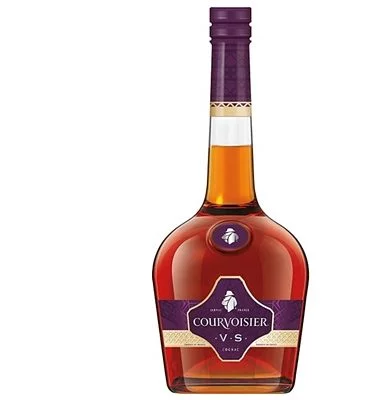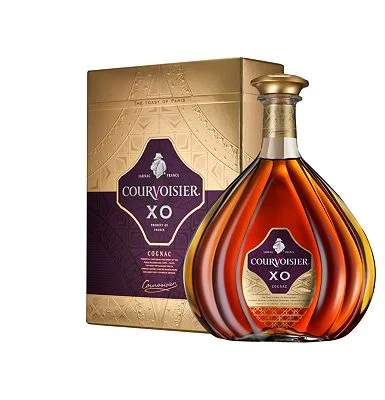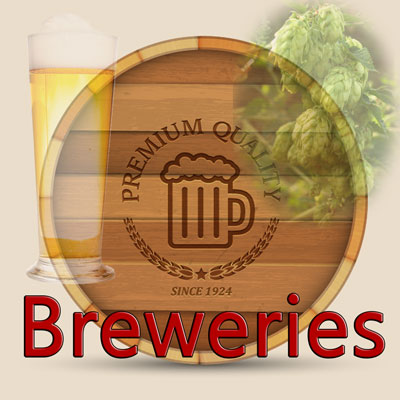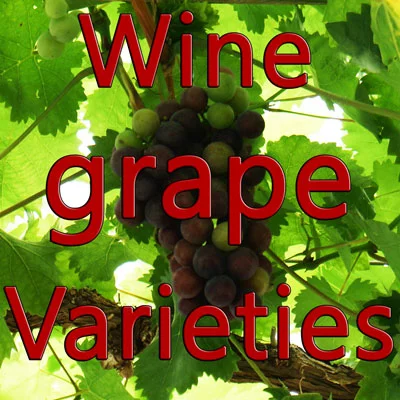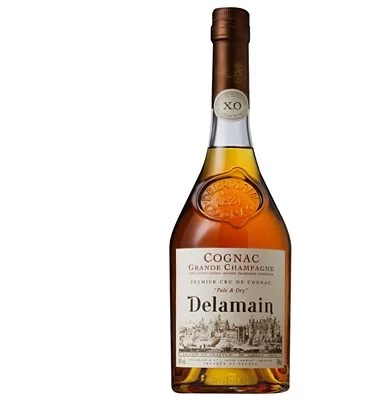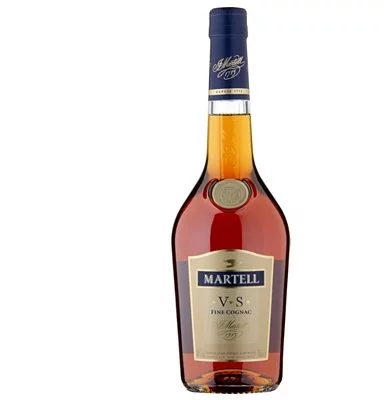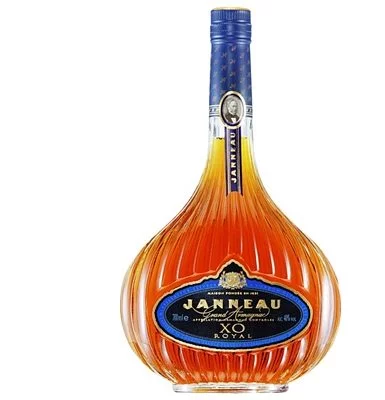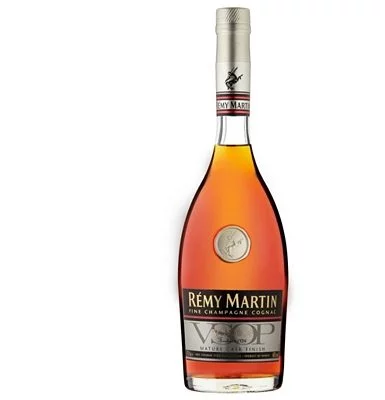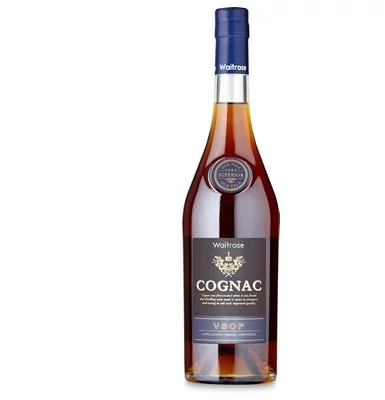Brandy
Brandy belongs with the finest set of luxury food and drink and has been enjoyed throughout Europe as an after-meal digestive, stemming as far back as the 12th Century.
Best sipped slowly, brandy is traditionally served in a large, round bottomed glass known as the classic gentleman’s snifter.
But whilst brandy is made and distilled in the same way that wines and other fortified liquors are, its unique flavouring and caramel colouring are distinctive and different, and are currently enjoying a new flush of popularity, enjoyed everywhere as a status symbol of wealth and celebration.
The simplest way to describe the process of brandy production, is as a ‘reduction’ of fermented fruits, owing to its dense and syrupy flavour and markedly higher alcohol content.
Brandy is definitely a winter warmer, but because it comes in many varieties, it does well for liquor in pleasing a wide range of different pallets.
Whilst their production and ageing process remains the same, every brandy will fall into one of three types, all very different, but definitely delicious.
Grape Brandy
Firstly, take slick and luxurious grape brandy, as it is the most popular in the US and across Western Europe.
Just like varietals of wine, grape brandy is made using both white and red grape, which are first fermented, stored, and then distilled, which in part ‘burns off’ the wine and leaves a sweeter, stickier drink.
Grape brandy is the original style of this liquor, and was first devised in the 12th Century by European – primarily Dutch – sailors.
Brandy stumbled upon by complete accident, as normal wines that were lower in alcohol did not travel well across the oceans and trade routes most commonly used export food and drink abroad.
Even though the original idea of burning or reducing the wine, only to rehydrate it at the point of sale, did not prove popular, the brandy which was produced by doing this was stronger, more delicious and travelled a lot better across the rough ocean.
A good quality grape brandy is slightly viscose and caramel coloured when poured, owing to it being aged in oaked barrels before bottling.
A standard bottle will sit at between 35-60 percent ABV, so along with a fruity sweetness, there is also a definite after kick, which really warms through the chest.
The most popular producers are from Courvoisier VSOP, who are creating world famous VS (very special) cognac brandy and Remy Martin, who make some of the best champagne cognacs varietals in the world.
Fruit Brandy
Fruit brandy has an entirely different origin, look and flavour when compared to other styles of brandy.
Using wild Slovakian fruit which is firstly fermented and then distilled, fruit brandy was first conceived and is traditionally produced in Hungary.
Because if its Hungarian history, fruit brandy is a little more wild and creative, using a range of different fruits native to primarily Slovakia.
The most popular bases include peaches, apricots, apples, pears, plums and cherries as they give the brandy its fruity flavour and alcohol kick.
As these fruits are macerated whole, and the production process is a lot slower than with other styles of liquor, fruit brandy is very sweet and generally has a lower alcohol content than grape or pomace brandy.
Fruit brandy is a fantastic addition to any after-dinner digestive, and as has a cult following amongst home distillers, as the fruit content and infusing of the brandy is a great pastime project.
Pomace Brandy
The final varietal of brandy is an unusual one, as pomace brandy looks and tastes entirely different from its two fruity, sweet counterparts.
Unlike Fruit and grape varietals, pomace brandy is a nomadic drink and has been produced all over the world from as early on as the 13th Century.
Produced by collecting the leftover grape mash after wine production has finished, produces semi or fully ferment the mixture with water – called the pomace – and then ferment it once more to create very signature sharp, clear, and high-alcohol style of brandy.
The Pomace is often used as the basis or infused with other spirit or liquors, as it deepens a spirit’s flavour, whilst also acting as an inexpensive way to boost the alcohol content of lower yielding liquors.

Michael Bredahl
Wine Writer
Michael is an online enthusiast, with a lot of knowledge about online marketing. Traveling around the world to hunt for the perfect wine. Latest on Sicily, where Etna has a huge impact on the taste, which is strong with a bitter aftertaste for the youngest wines, but older wines are fantastic. Drinking wine, and writing about them, are one the passions. Remember to drink responsibly 🙂
Are you a Copywriter?
We have a lot of articles without much content, if you can do it better, you are welcome to write a nice article, and get the proper credit for that. Read more information about beeing an author, and Contact us for more information.
Find your favourite Brandy
-

Courvoisier Vs Cognac 1 Litre
€42.99 Find merchant -

Courvoisier Cognac
€34.14 Find merchant -

Courvoisier V.s.o.p Fine Congnac
€22.76 Find merchant -

Courvoisier Xo Cognac
€120.76 Find merchant -

Delamain Pale & Dry Xo Premier Cru Grande Champagne Cognac
€112.54 Find merchant -

Delamain Pale & Dry Xo Premier Cru Grande Champagne Cognac 20cl
€32.25 Find merchant -

Hennessy Xo Cognac
€170.71 Find merchant -

Hine Rare Vsop Cognac
€59.43 Find merchant -

Janneau Grand Armagnac Vsop 500ml
€29.07 Find merchant -

Martell Vs Cognac 35cl
€17.70 Find merchant -

Janneau Grand Xo Armagnac
€83.46 Find merchant -

Martell Médaillon Vsop Cognac
€48.68 Find merchant -

Père Magloire Calvados 12-year-old
€32.88 Find merchant -

Père Magloire Calvados Pays D’auge Vsop Brandy
€28.44 Find merchant -

Remy Martin Cognac Vsop
€44.26 Find merchant -

Three Barrels Vsop Brandy
€12.01 Find merchant -

Three Barrels Honey Vsop
€19.35 Find merchant -

Torres Gran Reserva
€21.18 Find merchant -

Waitrose Armagnac Vsop
€29.08 Find merchant -

Waitrose Cognac Vsop
€30.98 Find merchant -

Waitrose 3-year-old French Brandy 1 Litre
€22.32 Find merchant -

Waitrose 3-year-old French Brandy
€16.76 Find merchant -

Gabriel Boudier Cherry Brandy
€16.43 Find merchant -

Carlos Iii Solera Reserva Brandy
€24.03 Find merchant


